Fujifilm Instax Wide Evo
Build an immersive, no-app-needed product demo that showcases the camera's tactile charm and digital features in real time.
Duration: 4 Days Tools: Figma, Adobe Photoshop
Build an immersive, no-app-needed product demo that showcases the camera's tactile charm and digital features in real time.
Duration: 4 Days Tools: Figma, Adobe PhotoshopWe developed a WebAR journey where users could scan a code and instantly view the floating Instax Wide Evo camera in their space. Built using SLAM-based AR and surface tracking, the camera responds to real-world positioning and invites tactile interaction:






The AR experience succeeded in turning a camera feature overview into a dynamic and memorable product moment. By reducing barriers to entry and focusing on delight, it increased campaign interaction and drove product curiosity. For me, this project was a masterclass in translating physical interaction into intuitive digital UX, thinking lean with WebAR limitations, and guiding cross-functional teams to deliver a sensory-rich, fast-loading experience — all while maintaining brand fidelity and marketing impact.